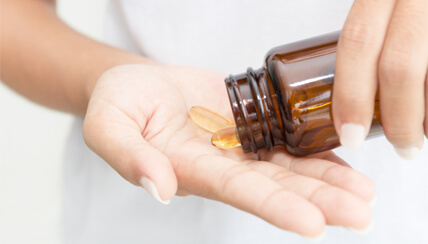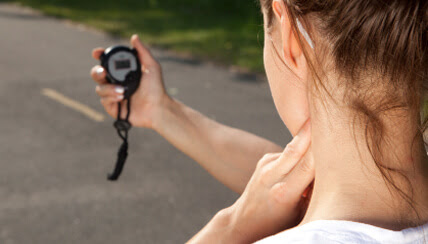Eczema and Bathing
Mark Boguniewicz, MD, pediatric allergist and immunologist at National Jewish Health, explains why many people may be misinformed when it comes to atopic dermatitis (eczema) patients bathing to care for their skin.
Watch the video to learn more.
Video Transcript
So atopic dermatitis is probably the most common chronic itchy skin disease, primarily of young children but one that can affect patients of any age.
It's actually surprising that a disease that most people think of as maybe some red itchy spots on the body could have such an impact.
Part of the misunderstanding about why families often come having been told don't bathe, don't shower, or if you do, do it infrequently or take a very short baths or showers, is that wetting the skin and then doing nothing further causes evaporation and that contributes to dryness to break down to the skin barrier, itching, scratching, and so on.
But if you soak that skin for some period of time to re-hydrate that damaged skin barrier and then immediately pat dry and while the skin is still damp seal that in with an appropriate moisturizer or medication then we feel that you are doing something beneficial.
So then if we have to step it up that's where wet wrap therapy helps us.
Because with wet wrap therapy, basically you're taking an article of clothing typically like cotton jammies or long underwear and then a dry layer on top and then over roughly four days or so, you see this dramatic improvement.
Related Videos
Related Health Insights and News
Want to use this on your website? Fill out the content usage request form and then copy this code: https://youtu.be/q__Sp_2HCW8





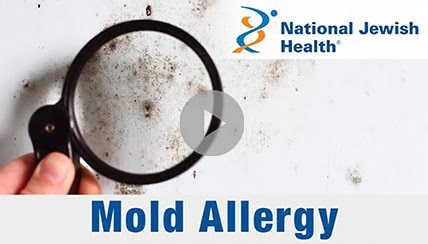

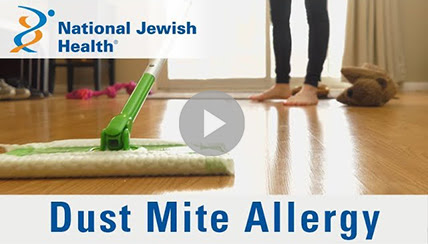






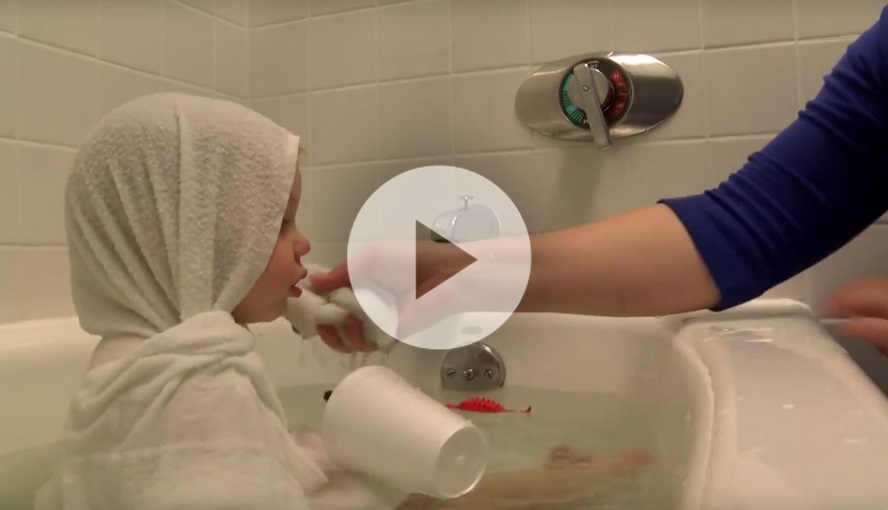

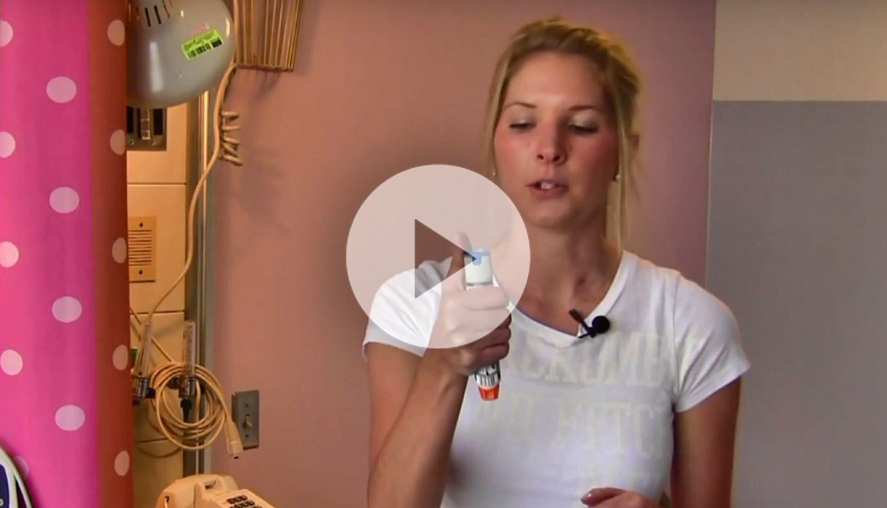-(1).JPG?lang=en-US&ext=.jpg)



.JPG?lang=en-US&ext=.jpg)




